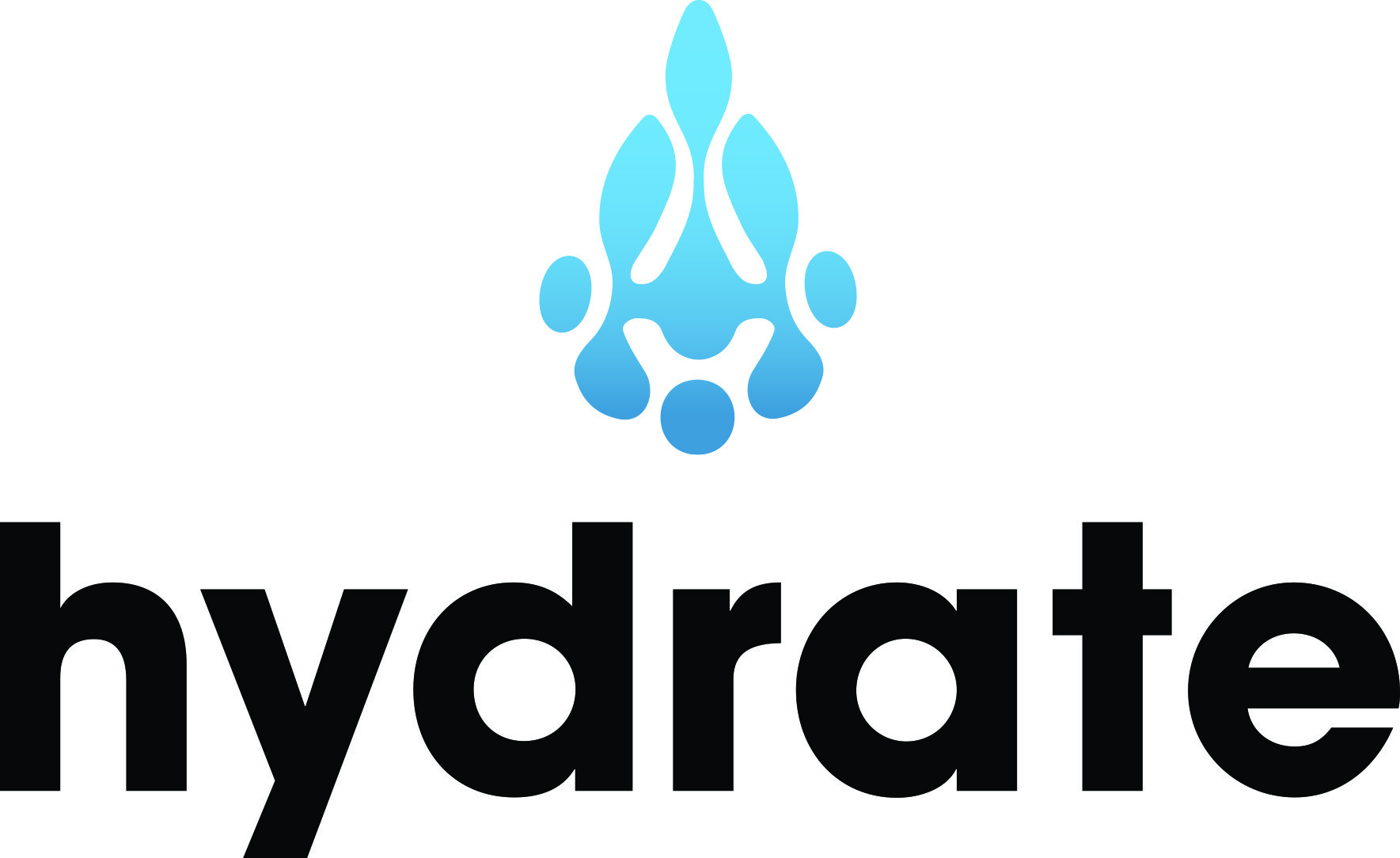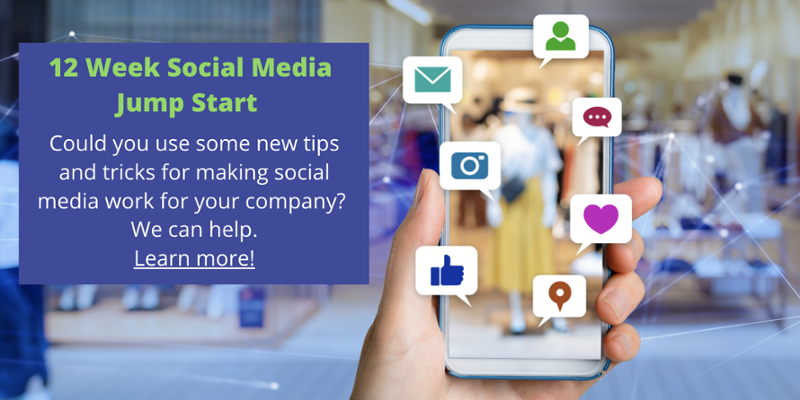It’s been a long time since we’ve discussed Twitter marketing, and boy, has a lot happened to the platform since then. Truthfully, we’ve noticed engagement falling off within various industries for a while. It takes the right content and some hard work to get users to see your tweets, much less interact with them, nowadays. On top of that, the platform makes headlines almost daily. What’s inciting all of this “newsworthy” drama?
Enter Elon Musk
Just in case you’re not already aware, business magnate and investor Elon Musk is the CEO and chief engineer of SpaceX and the CEO and product architect of Tesla, Inc. – and those are just a couple of his notable titles. In April of 2022, Musk declared that he had paid $2.64 billion for 9.2% of Twitter’s shares, making him the company’s biggest stakeholder. Instead of accepting Twitter’s invitation to join the board of directors, because the position would have limited his ability to openly discuss the platform and prevent him from owning more than a 14.9% stake, he offered to buy them out for $43 billion (or $54.20 per share) and privatize the company.
You can see why this was big news, but it doesn’t stop there. In May, it was reported that 5% of Twitter’s daily active users were spam accounts. This caused the company’s shares to decline by more than 10%. It also caused Musk to pause mid-transaction. He almost walked away altogether, stating in a regulatory filing from July that Twitter had broken key terms of the agreement “materially.”
From there, Twitter filed a lawsuit against Musk and the transaction remained in limbo, until October that is. On the 3rd, Musk’s legal team told Twitter that he changed his mind and was ready to proceed with the buyout at his initial offer of $54.20 per share if they dropped their lawsuit against him. The agreement was finalized on the 27th.
So, what’s happened since Musk became the owner and CEO of Twitter? Well, he’s certainly made a lot of complaints about the way the platform was functioning when he stepped into the picture. Here are some of the announcements and changes he’s made over the past few months:
● Musk launched a paid verification plan through which people can pay $8 per month ($11 for iOS subscribers) to get a blue checkmark added to their profile, which is meant to prove their identity and was previously reserved for notable profiles like those belonging to celebrities, big businesses, government officials, etc.
● Twitter has already reinstated around 60,000 previously banned accounts because Musk believes that there should be more freedom of speech (at least his definition of this) on the platform.
● Musk fired about 50% of the company’s employees, which means Twitter is relying more on automation to accomplish tasks such as moderating.
● After Musk’s child was confronted by a stalker, he put a new policy into place to prevent doxing on Twitter, which means users cannot share someone else’s live location information on the platform.
● Musk banned tweeting links to some competing platforms (such as Facebook, Instagram, Mastodon, Truth Social, Tribel, Nostr, and Post) but this was reversed within a few hours due to backlash and possible violations of EU regulations.
Overall, despite the noise in the media, not much has truly changed about how the platform functions. Although, Twitter’s overall capacity to function has lessened due to the staff cuts, and many users are worried about what’s to come – so worried that some are leaving the platform altogether. Others are fleeing to competing platforms because they disagree with or generally dislike Musk. Recently, he tweeted out a poll stating: “Should I step down as the head of Twitter? I will abide by the results of this poll.” The results were in favor of him leaving. Since then, he has confirmed that he will step down, but only after he identifies a successor.
Who’s Sticking with Twitter?
We’ve spent years recommending Twitter marketing for businesses of all sizes. One good reason for that is because your competitors might already be taking advantage of the platform. When it comes to B2B marketers, around 67% still use Twitter as a digital marketing tool.
But why are all of us on this platform, competing to be heard over one another? Well, likely because Twitter’s audience is made up of more than 1.3 billion accounts. However, it did come out last year that only 237.8 million of these accounts are monetizable monthly active users. That ranks Twitter as the 15th most popular social media in the world.
However, despite the significant number of people who have jumped ship post-Musk, many others continue to rank Twitter in their top 10 favorite social media sites. Also, the platform does show healthy growth. In 2017, the number of monthly active users was just 115 million.
So, who’s left on Twitter, what does the audience look like now, and what are they doing on there? Most users (38.5%) are between the ages of 25 and 34. Across a broad range of users aged 16 to 64, 16% of them say they go to the platform for brand research. Not only do some buyer’s journeys begin on the platform, but many come full circle. One study showed that 40% of Twitter users purchased a product after finding it on the platform. These statistics show that despite the media circus, value can still be found in using Twitter, depending on what kind of account you run.
Should You Put Time & Energy into Twitter Marketing this Year?
It’s clear that Musk has not killed Twitter just yet, but not every type of account is still seeing good engagement. You should first ask yourself if the type of content you tweet is what people want to see on the platform. Most Twitter users (82%) go there for entertainment. Also, 55% of users go to Twitter for news. It is the top social media platform for accessing news, partially because information is often shared in real time on Twitter.
If your content doesn’t fall in line with news or entertainment, that doesn’t necessarily mean you should give up on Twitter, but it might. If you already have a Twitter account for your business, we recommend calculating your current engagement rate. Here is a formula you can use to do so:
[likes + retweets + replies] / [total number of followers]
The overall median engagement rate on Twitter is 0.037%, according to Rival IQ’s 2022 Social Media Industry Benchmark Report. This statistic was found by looking at brands across a variety of industries. The same report shows that the top 25% of brands have an average engagement rate of 0.122%. If your rate falls somewhere between these numbers, you likely have an active audience on Twitter, and it would benefit you to continue marketing on the platform.
On the other hand, if your engagement rate is low, don’t consider that a failure. Some industries simply don’t thrive on Twitter anymore. However, there are a few categories of accounts aside from news outlets and entertainers that are still performing well on the platform in general. Here are a few examples:
● Sports Teams – Median Engagement Rate: 0.084%
● Higher Education – Median Engagement Rate: 0.071%
● Alcohol – Median Engagement Rate: 0.055%
● Food & Beverage – Median Engagement Rate: 0.040%
If you think about it, all these industries have frequent and informative, or entertaining and appealing, content to share. Their audiences are also likely to fall within the younger groups that frequent Twitter most often. If those statements do not ring true for your business, and this reflects in your engagement rate, it might better serve you to focus your marketing efforts elsewhere. There are plenty of alternatives to Twitter. Figure out where your audience is online and bring your content to them there.

Written by
Clara Moses







